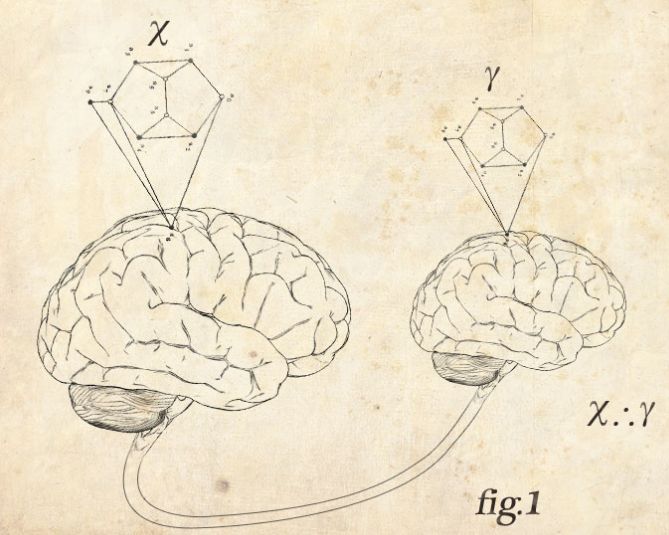A brain-to-brain communication study organized by Harvard Medical School has revealed that human brains can “talk” directly to one another despite being physically separated by thousands of miles. Conducted by a group of robotics engineers and neuroscientists from across the globe, the study proves that information can be transmitted between two human brains through leveraging different passageways to the mind.
Conducted by the Director of the Berenson-Allen Center for Noninvasive Brain Stimulation at Beth Israel Deaconess Medical Center (BIDMC) and a Professor of Neurology at Harvard Medical School, the researchers initiated a computer-meditated brain-to-brain transmission from a city in India to a city in France.
The group of participants that took part in the study was between 28 and 50 in age. Electrodes were attached to one person’s scalp on the sending end, to monitor brain currents and were then hooked up to a computer that interpreted the signal. On the receiving end subjects were tasked with interpreting the message using the computer-brain interface (something that facilitates collaboration between the brain and a device).
When the messages were sent, the receivers experienced brain stimulation; flashes of light in their peripheral vision and they were able to decipher “hola” and “ciao.”
Further study is required to determine the relationship between consciousness and the brain. Brain-interfacing technology is becoming smaller, smarter and more portable. Perhaps one day we will have mastered “talking” using our minds. This is essentially “telepathy” which is derived from “Tele” meaning “Distance and “Pathy” meaning “Feeling.” So telepathy means communicating feelings over a distance without utilising the five known senses.
You have probably experienced telepathy before with someone you are close with. Perhaps you have thought of an individual and all of a sudden you have received a call front them. Many people have claimed to know when a loved one has passed away despite thousands of miles of physical separation. This is an example of one scenario.
For telepathy to work, both the sender and receiver must have an open-minded attitude and belief that it will work. An environment free of distractions is ideal and your mind must be clear of thoughts. The next step is visualising the receiver sitting beside you and imagine a tube connecting the two of you. Picture your thoughts being transmitted through the tube. Paint a mental picture of whatever you thinking of and infuse your thoughts with positive emotion. Your intuition will tell you when to stop. It may be after several minutes but note that you can always try at a later date.
The receiver is advised to remain at ease with a blank mind and avoid trying too hard at receiving your thoughts. The more your practise, the more consistent results will be, so don’t be discouraged if there was no success. Try again. You might like to experiment between sending and receiving. Over time you will learn what you are more talented at.
